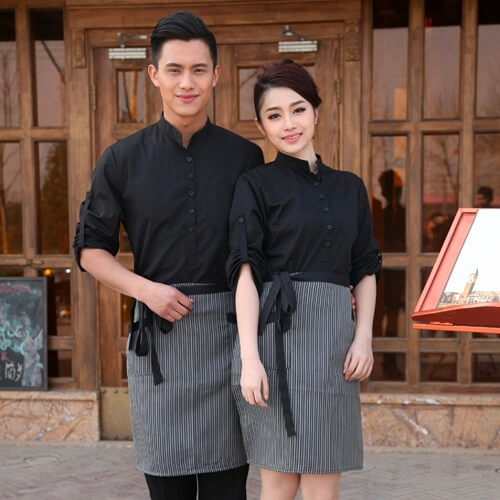company uniform
company uniform
Incorporating feedback from wearers assures that the finished product is in line with the requirements of comfort and design. Yet, the wearers' comfort cannot be compromised. Why choose to settle for the same fabric when you could get a blend?
Different materials reflect various levels of formality. Or perhaps a poly-cotton blend for durability?
Fabric is the ocean on which the vessel of your logo is sailing. Having titles on uniforms can make hierarchy and responsibilities clear, making interactions streamlined and effortless.
In casual settings where the environment is more informal blends and synthetics could create a stylish appearance. Ergonomics ensures that the design supports the wearer’s physical needs, promoting comfort and productivity.



